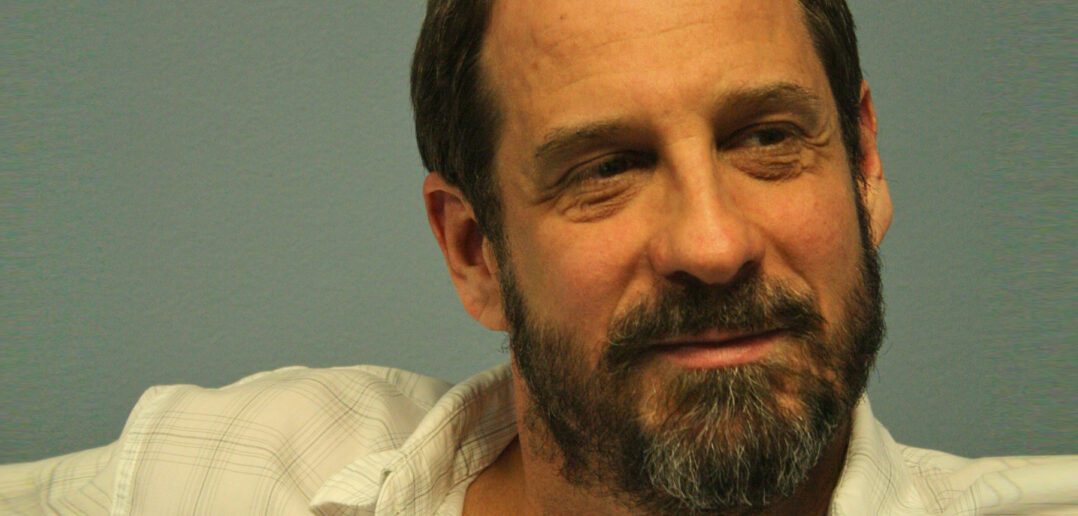Julian Newby: MIPCube is bringing the digital world into the heart of the core TV industry. How can both camps benefit or learn from this?
Allen DeBevoise: The convergence of these worlds is no longer a theory; it’s happening right now. YouTube, for example, is the world’s largest video site, but it is equal parts social and video distribution. It is in many ways the world’s largest MSO (multiple system operator); but unlike any MSO before it, is social, instantly global and on every device. The TV industry, in the US and abroad, has historically been very fragmented. RAI, TF1, the BBC, CBS… these are all amazing networks, but they are most meaningful in their native countries. The internet has changed that ‘territorial’ dimension of television fundamentally. When Machinima launched the Mortal Kombat series, we saw millions and millions of viewers coming weekly to the series – from around the world, and beat the ratings of many very well established shows. This trend means we can expose new series, or re-ignite existing ones, in front of a massive, targeted and global audience, instantly.
The TV world has traditionally pushed video content out to audiences through established channels, while YouTube & social media draw people in. Do you see an end to this divide?
> There will be more blurring of these lines, to be sure, but the one-way nature of traditional TV is probably not long for this world. Viewers are more participatory, more engaged, than ever before. We have instantaneous audience feedback on our content, we see viewership, comments, ‘likes’ and ‘shares,’ and are operating in a more agile development model. We (or any aspiring director in the world) can create a short, get traction and exposure and then turn that into a series, which if it performs can be turned into a longer-ongoing series, or even a larger franchise for traditional film or television. That was essentially what happened on Mortal Kombat (below). It began as a short, then ran as a 10 part series on Machinima, and based on the success and strong global audience reception, Warner Bros/New Line are now turning it into a feature film. This approach will change the way video programming is developed, not just distributed.
[youtube]6s6UiEuCYXA[/youtube]
Or putting the above another way: the TV experience is about produced, completed content; the online video experience is about anything that contributes to an ongoing conversation. Would you agree with this?
> Yes, I’d agree that has historically been the case. There will no doubt still be space – and a big space – for the best, scripted, produced programming like what we see on CBS, HBO and AMC. That content has always had conversation around it… it just used to be confined to the water cooler. Now it’s there, and it’s on Twitter and Facebook and YouTube. There will still be social conversation around television, especially around live events. The conversation in our world is a bit more of a two-way dialogue, there is conversation about our content, but also conversation “with” our content. Rather the conversation following a fully produced series, we see conversation as a real-time feedback loop so it can inform our actually programming decisions and path.
YouTube is the gold standard, and dominates. What’s next?
> Machinima on YouTube.
Machinima’s massive audience is well documented, reaching 120 million 18-34 year-old-males monthly. What’s the biggest challenge to maintaining and growing this user base?
> Last month we reached nearly 150 million unique viewers and delivered over 1 billion video views worldwide. While our sweetspot is M18-34, the 14+ audience includes core gamers who, in turn, are the fans of action, horror, thriller, sci-fi, and irreverent comedy. This category of gaming and content is a strong core and has a unique ability to attract new audiences while retaining existing audiences, even as the latter ages. Our programming team is tasked with staying in touch with the trends, the latest talent, and the best content and we work very hard every day to stay ahead of the curve on that front.
How do you see the media landscape developing further in 2012 and onwards?
> There will be an traditional TV is probably not long for this world, in more natural organic ways. As the younger demos shy away from traditional television, viewed in the traditional format or device, we’ll see advertisers searching for marketing solutions and publishers to help them reach that ‘lost generation.’ This migration — of both audience and advertiser — to the digital world, coupled with the instantly global, multi platform aspects of our network that I mentioned above, will create a real disruption in the traditional advertiser-supported, major studio-produced, broadcast network-delivered, television model.
> This is the full version of the interview that appears in the MIPCube Preview magazine: out now! & read all the interviews with our future-shaping speakers here.




